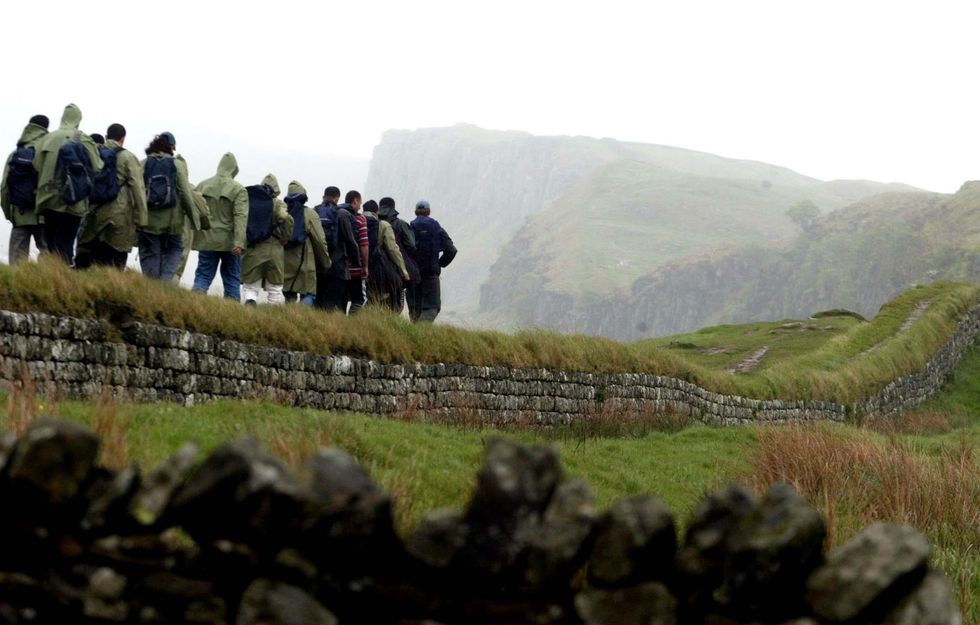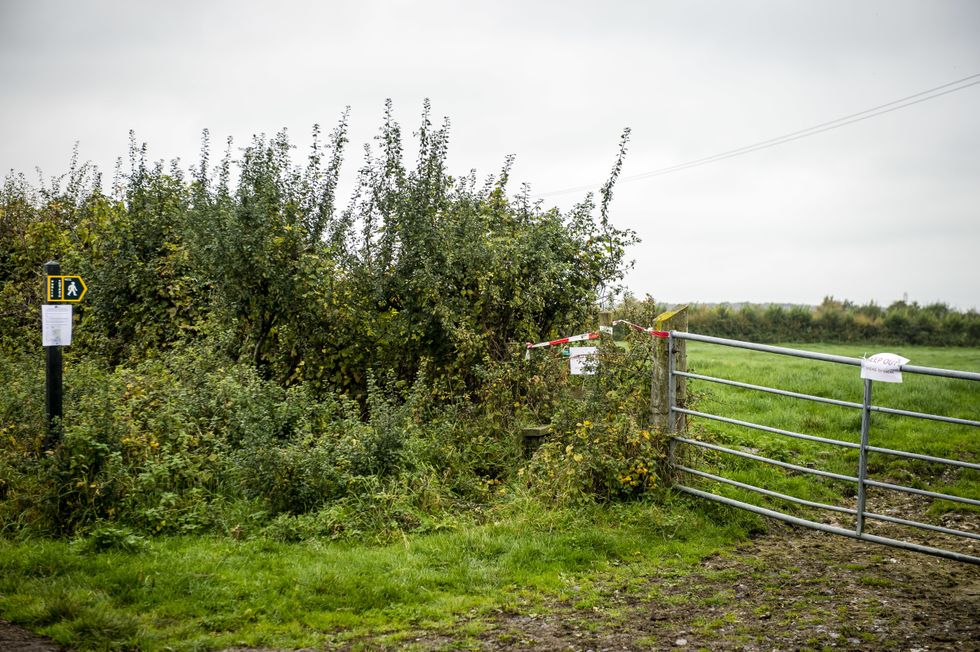Now even the countryside is blamed for being racist! - New study takes aim at footpaths

The whitest parts of England and Wales have more access to public footpaths than poor and ethnically diverse communities, a new study has revealed
|PA

Older, white, wealthy and healthy people are said to enjoy miles more public footpaths
Don't Miss
Most Read
The whitest parts of England and Wales have more access to public footpaths than poor and ethnically diverse communities, a new study has revealed.
Older, white, wealthy and healthy people are said to enjoy miles more public footpaths than the most ethnically diverse areas, according to reser published by the Ramblers.
The study of more than 140,000 miles of public rights of way found that public footpaths are missing from areas with poorer communities.
The provision of public footpaths near new housing has declined since the 1970s.
WOKE ROW
The bottom five local authority areas for public footpath provision in England and Wales are Norwich, North East Lincolnshire, Liverpool, Southampton and Blackpool, while the best are Rossendale, Stroud, Monmouthshire, Malvern Hills and Calderdale.
The study suggests residents in Norwich have on average just 129 metres of public rights of way within 800 metres (a 10-minute walk) of where they live.
In comparison, people in Rossendale in east Lancashire on average people enjoy 9,232 metres of footpath within a 10-minute walk.
The worst parliamentary constituency for public paths is Liverpool Riverside, followed by Cardiff Central.
LATEST DEVELOPMENTS:

The study of more than 140,000 miles of public rights of way found that public footpaths are missing from areas with poorer communities
|PA
Jack Cornish, the head of paths for the Ramblers said: “We’ve overlooked our paths as critical national infrastructure.
“This research [shows] that governments are missing an open goal. It’s clear that availability of paths close to people’s home[s] has a massive impact on health outcomes.
“But at the moment it’s the old, the healthy, the wealthy and the white that are primarily enjoying the benefits.”
The New Economics Foundation (NEF) for the walking charity, who carried out the survey, said the inequality can be solved by restoring “lost” rights of way and protecting existing paths.

People in Rossendale in east Lancashire on average people enjoy 9,232 metres of footpath within a 10-minute walk
|PA
Cornish said: “It needs to be targeted at local authorities after 13 years of austerity.
"If local authorities can raise the level of provision, that additional investment would pay dividends because you get almost £2bn of wellbeing value from the network, and that’s not including economic and tourism benefits.”
The Ramblers is campaigning for “lost” public paths to be registered before a 2026 deadline.










